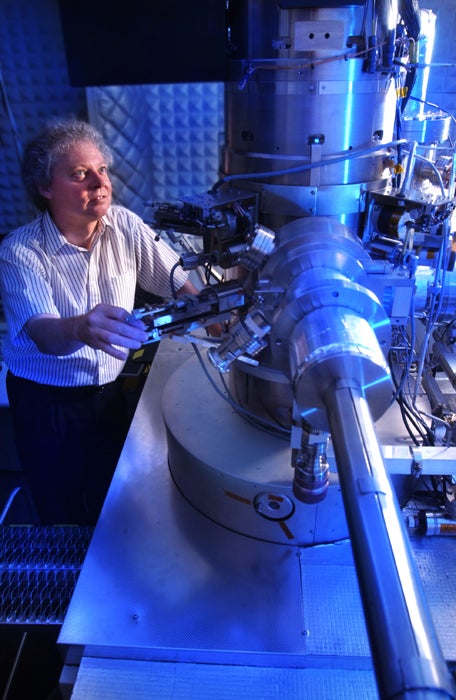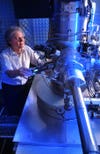Insanely Hi-Res Z-Contrast Photos Can Determine Which Atoms Are Which
We may earn revenue from the products available on this page and participate in affiliate programs. Learn more › And...

We may earn revenue from the products available on this page and participate in affiliate programs. Learn more ›

Boron nitride
And you thought the macros on your camera was good because you got a sweet close up of a flower? Well, the scientists over at Oak Ridge National Laboratory zoom in so tight they can distinguish atoms of different elements. Using a special z-contrast scanning electron microscope, researchers at Oak Ridge took the first picture detailed enough to differentiate different atoms within a chemical compound. This super-high resolution scanning may play an important role in the future of materials chemistry, where tiny atomic differences can have profound effects on the properties of different chemical compounds.

Z-contrast Scanning Transmission Electron Microscope
This is not the first picture of an atom, nor is it the first picture of atoms from different elements. However, in those older photos, the atoms were arranged beforehand by scientists. But in the Oak Ridge pic, the material was created chemically, and the picture was still able to identify individual atoms.
The material in the photo, called boron nitride, consists of boron, nitrogen, and oxygen, with some carbon atoms inserted in place of boron to serve as a control in the image. The electron scanning microscope that took the picture used a 60 kilovolt beam. That’s a very low energy for this kind of microscope, because if the beam were any more powerful, it would displace some of the atoms in the compound.
Right now, scientists can only determine the chemical arrangements in a material through chemistry. By developing a technique for taking pictures like this, material chemists and engineers of the future will be able to simple look at the chemical compound to see its geometry and composition.